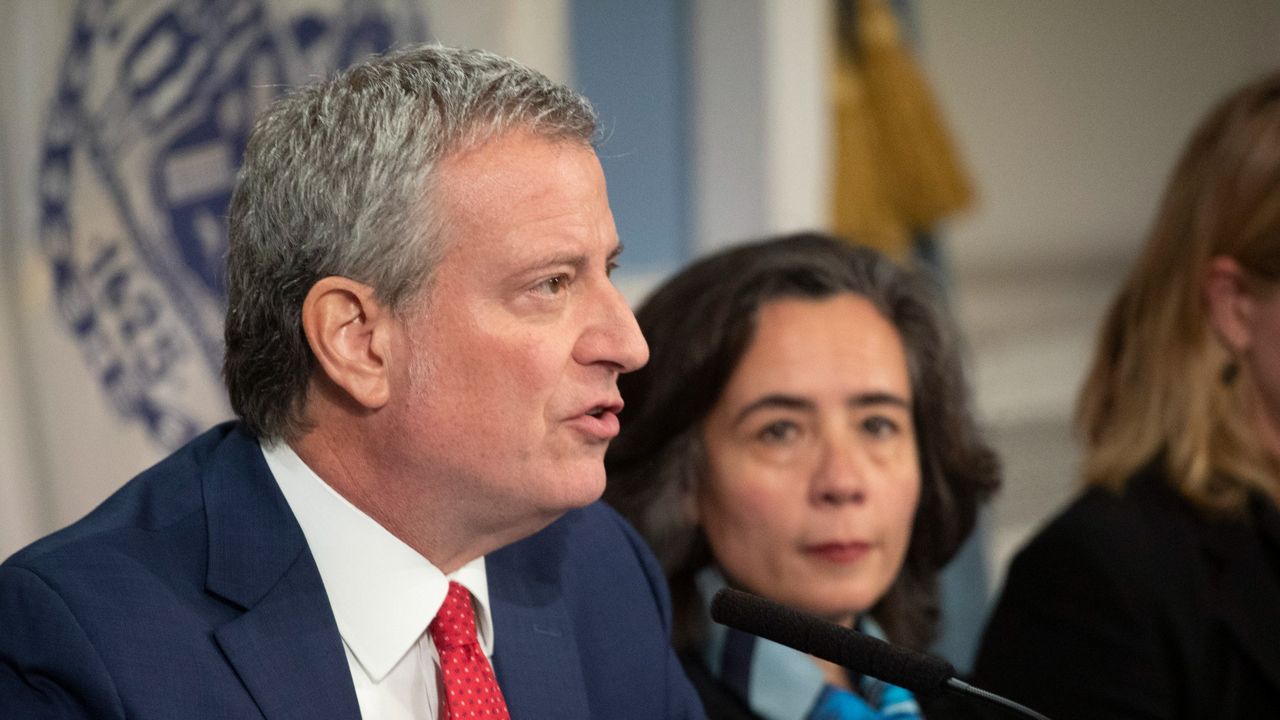When the COVID-19 virus was wreaking havoc in other parts of the world, all city officials had as a point of reference to prepare was an incomplete plan first drafted in 2013, that's according to a new audit by City Comptroller Scott Stringer released Wednesday.
"What we found was that the city's initial response to COVID was hampered by a lack of planning, coordination and preparedness across city government," Stringer told reporters during a press conference in his office.
Once the virus arrived, the response was delayed, confusing to New Yorkers trying to fend off infection.
"The city did not even start city-wide planning for a moderate-to-severe outbreak until late, February 2020," Stringer said.
The shortcomings stretch beyond the de Blasio administration.
According to the report, a pandemic response plan was first created in 2006, but it was never updated. Through the years, the city missed key opportunities, including close calls with other viruses like the 2009 H1N1 swine flu pandemic and the 2014 Ebola epidemic.
Responding on Wednesday, Mayor Bill de Blasio was on defense.
"There is no way to understand a global pandemic until you're in it and second of all, none of us anticipated anywhere anything like this and we needed federal leadership that wasn't there," de Blasio told reporters during his daily press briefing at City Hall.
City records show city officials searched for a pandemic response plan as early as January of 2020, when COVID first emerged. All they could find was limited guidance drafted in a 2013 pandemic influenza plan prepared by the Department of Health and Mental Hygiene.
"This 2013 plan was incomplete in several critical areas, including supply chain management, the distribution of antivirals, triggers for school closures, infection control training, pandemic-related materials for health care professionals and more," Stringer said.
The audit also found there was confusion about the role of New York City Emergency Management and that officials failed to locate emergency resources, specifically the supply of PPE.
The report lays out recommendations, like keeping stockpiles of critical supplies and creating controls to quickly locate and replace them as needed.
But for now, Stringer's audit remains incomplete. City Hall has refused to turn over documents, including communications between the mayor and his deputies. That refusal has led to a fight in court.
"The mayor has a choice, he can take advice from the Cuomo administration and fail to be forthcoming, or he can turn the page and talk directly to the people of NYC through this investigation," Stringer said.
Stringer's audit also recommends that the city create a new citywide operational plan that must be frequently updated in the event of future pandemics.



